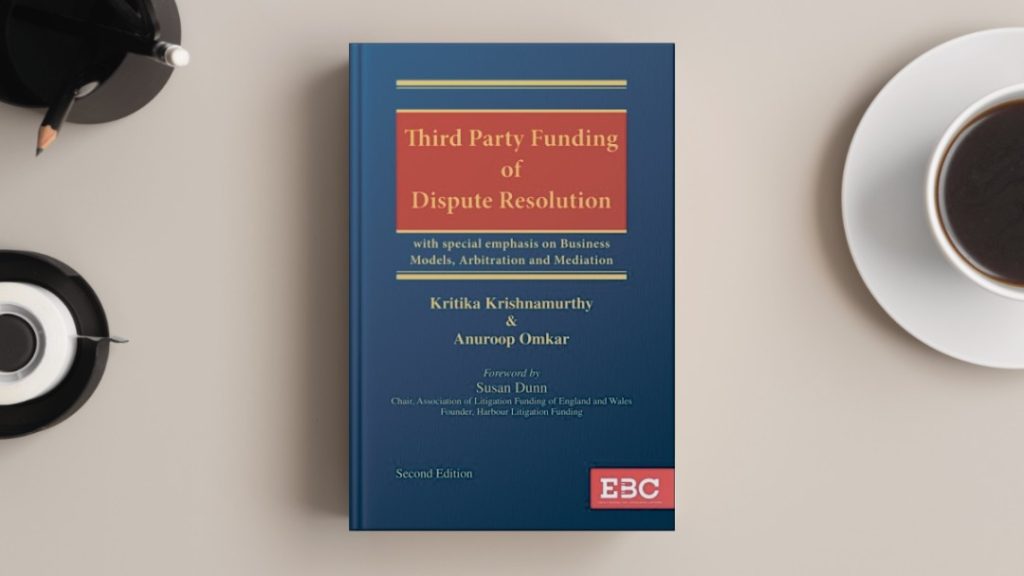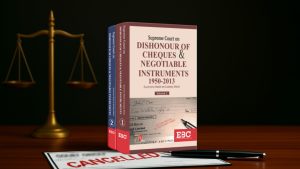
When a company enters insolvency, money becomes both the problem and the solution. Claims need to be pursued, assets need to be protected, and proceedings need to move forward, but all of this requires funds.
This is where third-party funding and innovative financing models step in, offering a fresh way to navigate financial distress without draining what little resources remain.
Let’s break it down in a simple, friendly way.
What Is Third-Party Funding?
Third-party funding (TPF) is straightforward:
An outside investor agrees to finance certain legal or operational aspects of an insolvency process in return for a share of the outcome — usually from recovered assets or litigation winnings.
Think of it as someone betting on the strength of your case or business recovery.
If the outcome is successful, they earn; if not, they usually walk away with nothing.
Why it’s gaining popularity:
Courts and regulators are increasingly open to flexible financing.
Insolvent businesses often don’t have funds to litigate or defend claims.
Creditors prefer faster, cost-effective resolutions.
Why TPF Matters in Insolvency
Insolvency proceedings frequently involve disputes, asset recovery actions, avoidance transactions, or international claims. Without funds, many of these claims simply never get pursued — leaving potential value on the table.
Third-party funding solves this by:
- Allowing insolvency professionals to pursue strong claims without upfront costs
- Reducing financial risk for the company and creditors
- Potentially increasing final recoveries
- Letting experts evaluate whether a claim is worth funding
It turns stalled processes into active ones — something creditors are always thankful for.
Types of Funding in Insolvency
1. Litigation Funding
The most common form.
A funder finances lawsuits relating to the insolvent entity — such as recovery actions, breach-of-contract cases, or fraud claims.
The funder covers:
- Legal fees
- Expert costs
- Operational expenses linked to litigation
In return, they take a percentage of the recovered amount.
2. Rescue or Distress Financing
Here, funds are provided not just for litigation but to keep parts of the business alive.
This may include:
- Working capital
- Operational expenses
- Interim finance during restructuring
- Funds to preserve assets until sale
It helps protect business value instead of allowing it to collapse immediately.
3. Asset-Based Funding
Funders provide money by evaluating the company’s assets — inventory, receivables, IP, machinery — and financing it selectively.
This approach is flexible and fast, making it useful for short-term needs within an insolvency process.
Benefits for Creditors and Insolvency Professionals
- Zero upfront cost to the estate
- Risk-sharing, since the funder only gets paid upon success
- Expert assessment — funders often vet claims rigorously
- Larger recoveries, as more claims can be pursued
- Faster proceedings, since financial hurdles reduce
It transforms insolvency from a purely loss-recovery process into an opportunity for strategic financial revival.
Is There a Downside?
Like any financing model, TPF has considerations:
- Funders may seek a significant share of the recoveries
- Overdependence on funders may delay settlements
- Negotiating terms requires careful drafting
- Courts may scrutinise influence to ensure fairness
But with transparent agreements and proper oversight, the advantages often outweigh the concerns.
Third-party funding and innovative financing models signal a shift:
insolvency is no longer just about shutting doors — it’s about unlocking value creatively.
With growing global acceptance and increasing sophistication among funders, these tools are becoming essential in modern insolvency practice. They help businesses fight for survival, recuperate hidden value, and offer creditors a more hopeful path.
In simple words: insolvency is changing, and finance is leading the transformation.
For a deeper dive into how third-party funding works, especially in dispute resolution, you can explore this insightful title.
Check out Third-Party Funding of Dispute Resolution by Kritika Krishnamurth & Anuroop Omkar here: https://www.ebcwebstore.com/product/third-party-funding-of-dispute-resolution-kritika-krishnamurth-anuroop-omkar?products_id=99101844
















